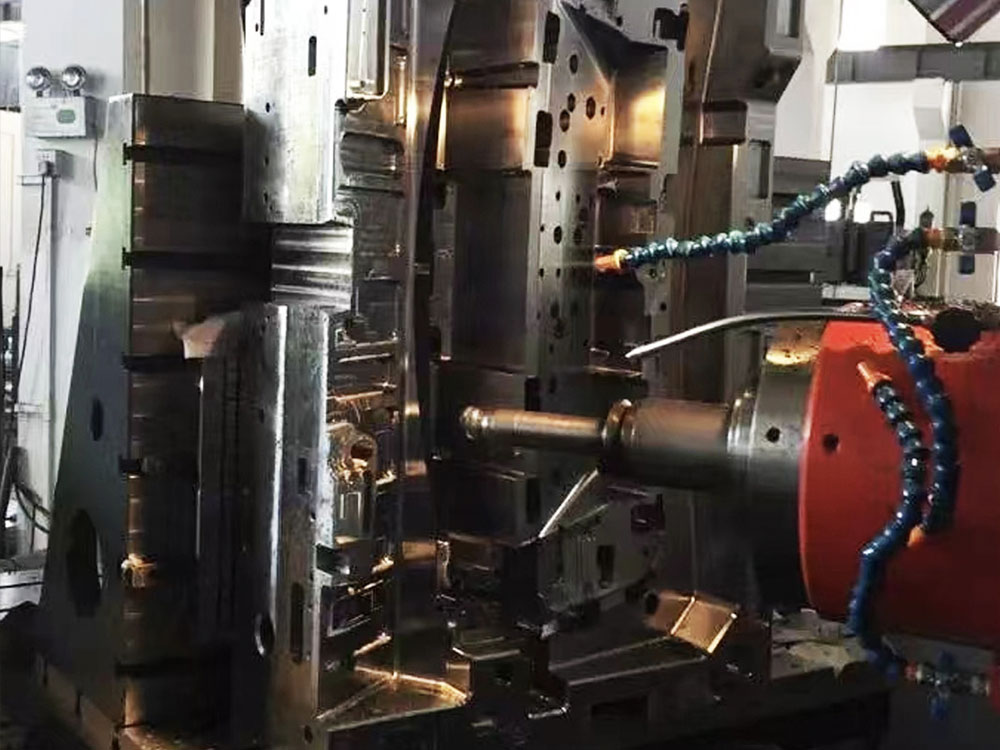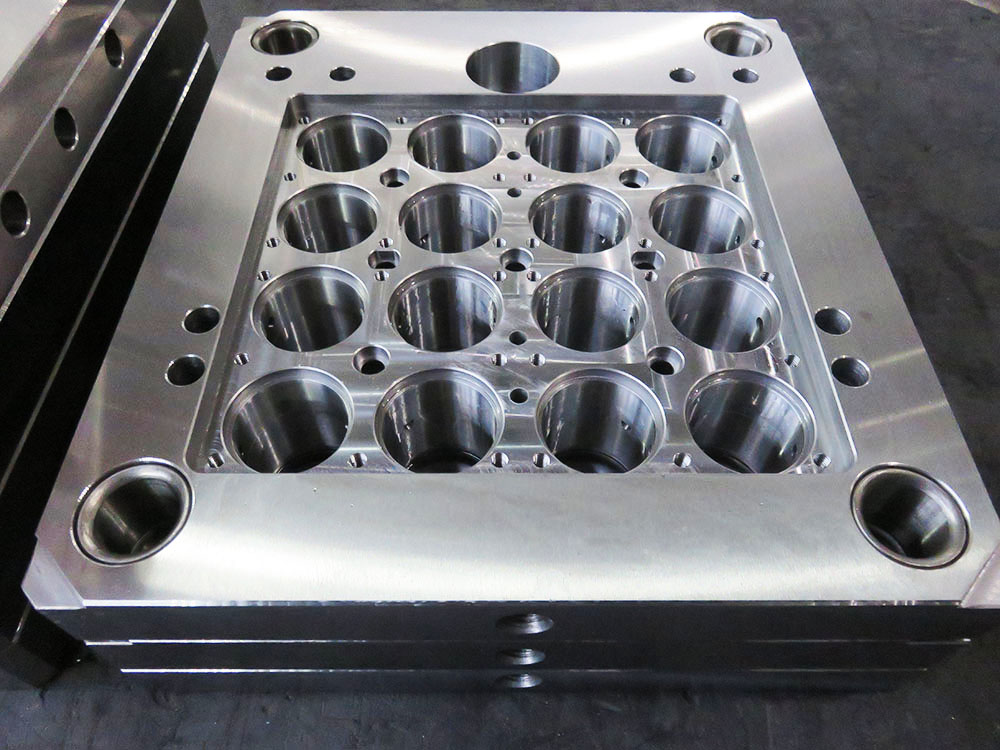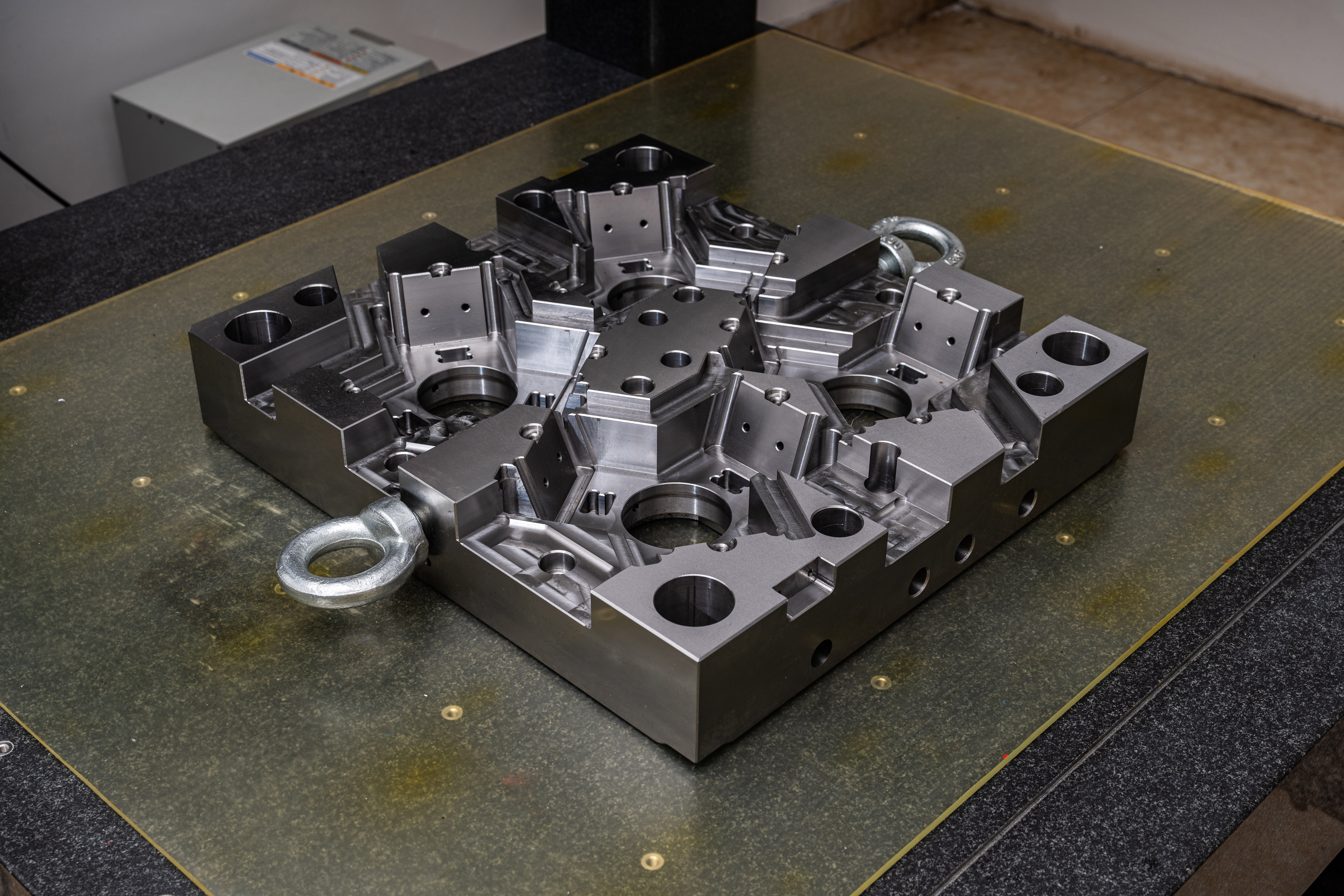The Accidental Fall of a Heavy Support Frame: Implications for the Mold Base Industry
Introduction:
The mold base industry plays a crucial role in the manufacturing sector, providing the necessary foundation for the production of plastic and metal components. However, accidents can occur in any industry, and when a heavy support frame unexpectedly tumbles down, the consequences can be severe. This article explores the implications of such an incident, focusing on its impact on the mold base industry.1. Safety Protocols and Compliance:
Safety should always be a top priority in any industry, and the mold base sector is no exception. The accidental fall of a heavy support frame underscores the importance of robust safety protocols and compliance. Companies must ensure that all necessary precautions are taken, including regular inspections of equipment, rigorous training for employees, and adherence to industry standards and regulations.
2. Equipment Reliability and Maintenance:
The incident highlights the critical role of equipment reliability and maintenance in the mold base industry. A heavy support frame failure can lead to significant disruptions in production, causing delays, financial losses, and potential harm to workers. Regular maintenance checks, along with the use of high-quality materials and components, are essential to prevent such incidents.
3. Workforce Training and Education:
Proper training and education are key factors in ensuring workplace safety and preventing accidents. Employees should receive comprehensive training on the operation and maintenance of heavy support frames, as well as the identification and mitigation of potential hazards. Ongoing educational programs can further enhance the skills and knowledge of the workforce, reducing the likelihood of accidents.
4. Risk Assessment and Management:
Risk assessment is crucial to identify potential hazards and implement appropriate risk management strategies. The accidental fall of a heavy support frame should prompt companies in the mold base industry to review their risk assessment protocols. Regular evaluations of equipment, structural integrity assessments, and the implementation of robust risk management plans can help prevent similar incidents in the future.
5. Industry Collaboration and Best Practices:
Sharing best practices and lessons learned within the mold base industry can help prevent accidents and improve safety standards. Open communication, collaboration, and the establishment of industry-wide safety forums or associations can facilitate the exchange of knowledge and experiences. By learning from each other, companies can collectively work towards a safer working environment.
Conclusion:
The accidental fall of a heavy support frame serves as a wake-up call for the mold base industry to prioritize safety, compliance, and ongoing improvements. By focusing on safety protocols, equipment reliability, workforce training, risk assessment, and industry collaboration, companies can reduce the likelihood of accidents and create a safer workplace for all. Let us commit ourselves to preventing such incidents and ensuring the well-being of workers in the mold base industry.




